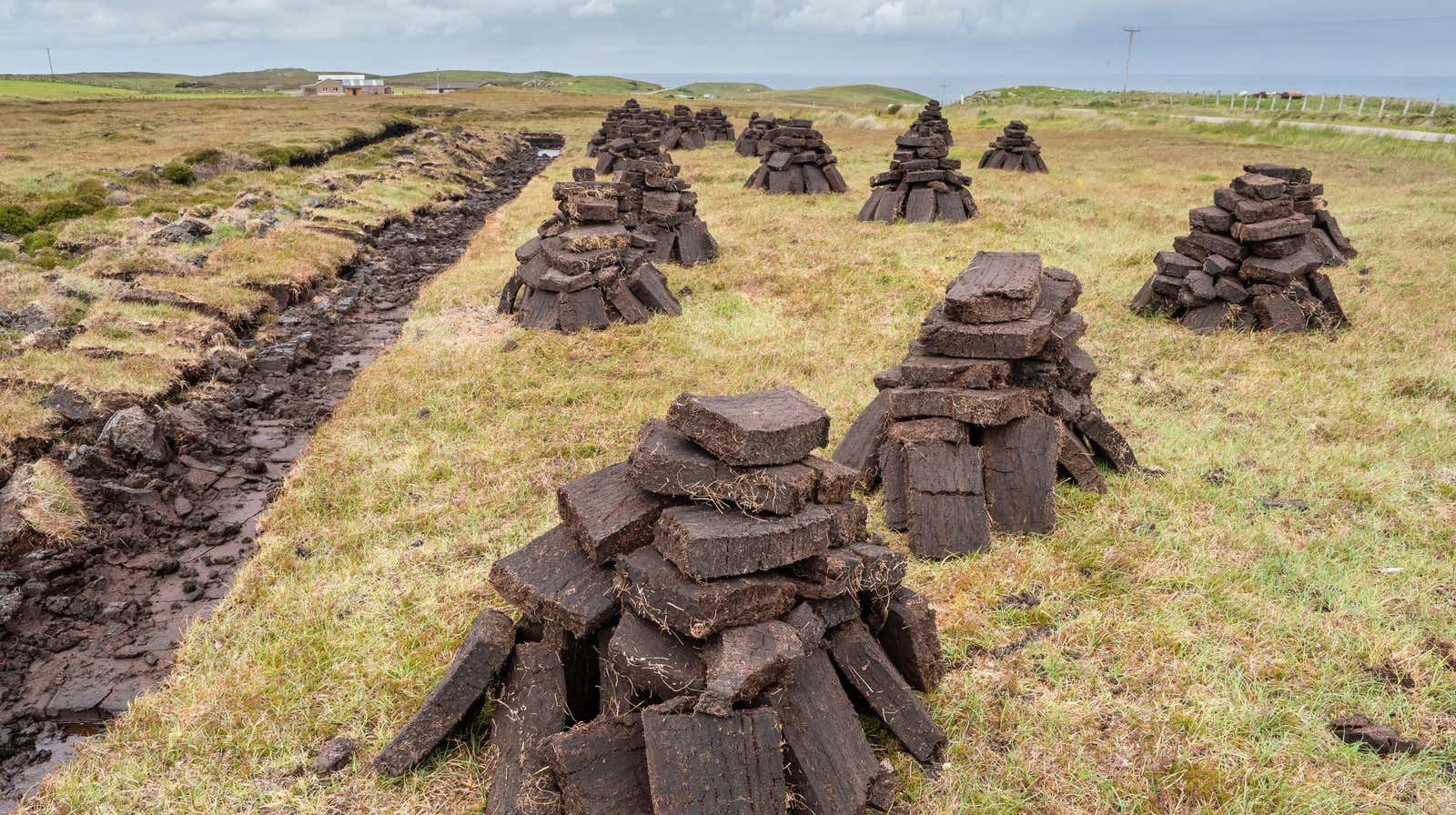Why You Shouldn’t Use Peat in Your Garden and What to Use Instead

The art of gardening requires modeling in the backyard of what happens naturally in the wild. With domesticated soil and plants, this can be quite a delicate process – both for your plants and the environment.
You’ve probably bought bags of soil from hardware stores or planting and gardening stores. While a bag of dirt seems harmless enough like any other commercially traded item, mass production of it can be detrimental. For example, harvesting peat, which is commonly used as a soil additive, depletes a natural resource that fights global warming when left in the wild . However, peat is still widely used, probably because most people do not know it is a problem. If you’re worried about reducing your garden’s environmental impact, it’s worth knowing what peat is, why it’s harmful to use it, and what to use instead.
What is peat?
Peat moss is a natural, inanimate material that forms in bogs when mosses and plant matter decompose in peat bogs. The substance can be collected and burned for fuel , but more often it turns into bricks and pellets, which are used to create more fertile soil for planting new plants. The problem (as is the case with many mass-produced items) is the extraction of the planting material. Harvesting actually releases carbon dioxide from decomposition of plants into the air, removing a natural carbon sink from the environment and contributing to global warming. It also disrupts the water and animal ecosystem in the area. In addition, peat is not an easily renewable resource, and its harvesting volumes are much higher than when it was renewed . In addition, since it can be used as a fuel, it is highly flammable. The Washington Post reports that peat fires account for “5% of anthropogenic carbon emissions.” In short: in nature, peat absorbs carbon dioxide, maintaining the homeostasis of the earth. Digging is doing more harm to the Earth than it is good to your garden.
What does peat do for your plants?
Although peat is used in many potting mixes, it is not suitable for root growth and often needs to be mixed with perlite for it to work. Ken Drusus of The Garden Rant writes: “Peat moss … is a bad choice. It breaks down too quickly, compressing and squeezing air out of the soil, creating an unhealthy condition for plant roots. ” Peat added to soil is touted for its ability to retain moisture and provide vital plant moisture, but its high decomposition rate means the pros don’t outweigh the cons.
What to use in plant soil instead of peat
Peat is marketed as a beneficial soil additive that retains carbon dioxide, creating a favorable environment for acidic plants. But the proper acidity level can also be achieved with things like sawdust or compost bark. According to Horticultural Know-How , these peat alternatives have a low pH balance and, if procured locally, can be chosen more according to your local conditions – and better for the environment as a whole. Horticultural know-how warns that some sawdust and composted bark can suffer the same problem when harvesting and could potentially contain added chemicals. So if you’re looking for an environmentally friendly option, they suggest composting yourself.Composting mimics the fertilization process that occurs naturally in the wild and makes efficient use of food, plant and paper waste.
Another unlikely and underestimated alternative to peat is coconut coir (the brown, fibrous outer layer of coconut). Previously, it was believed that coarse fibers have no real use. But coconut hair has been found to help plants grow as well, if not better than peat. The Gardens Channel reports that coconut coir contains 30 percent more water than peat and is an environmentally friendly, sustainable source. Coconut coir is also commonly sold at home and garden centers.